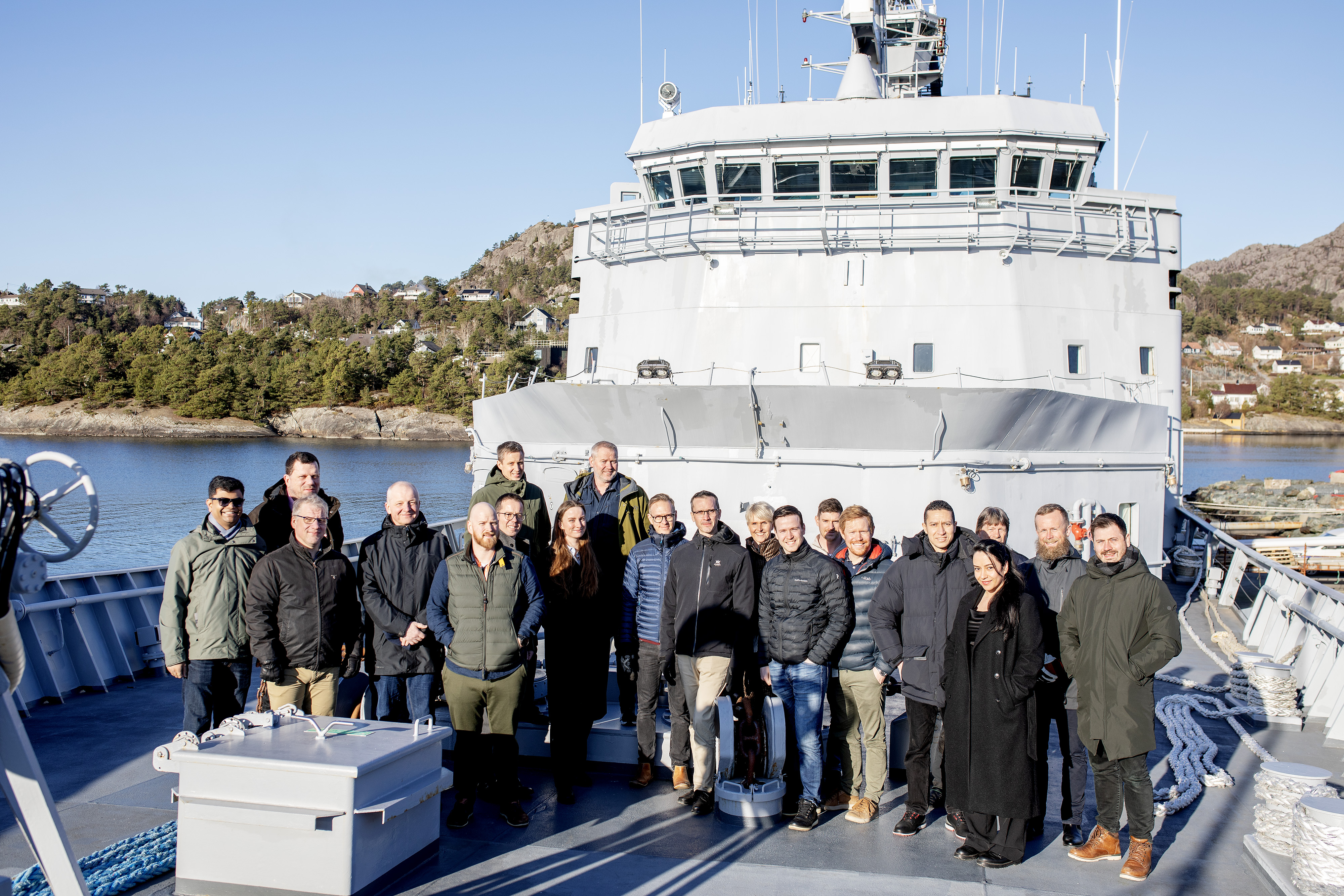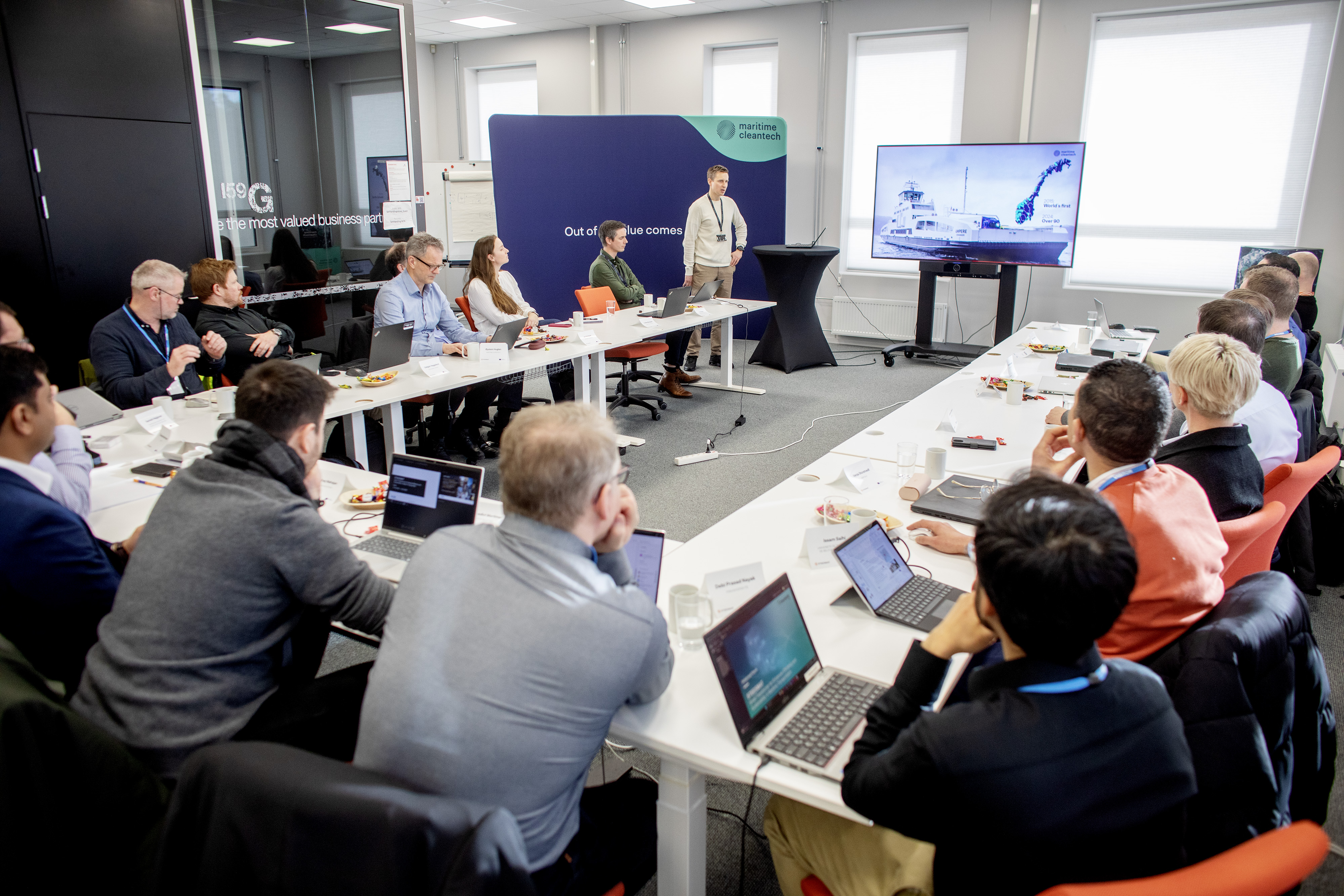EU Awards €7.8 Million to Develop Next-Generation Power Systems for Green Shipping
The current global fleet contributes significantly to emissions, relying on conventional power systems that are not optimized for renewable energy integration. To address these challenges, the EU has granted €7.8 million to the STEESMAT project, aimed at developing groundbreaking power distribution systems for the zero-emission ships of the future.
Spearheaded by Maritime CleanTech, 13 European partners will collaborate on the development of an innovative power distribution system tailored to the needs of tomorrow’s emission-free vessels. This cutting-edge technology will simplify the integration of modern green energy sources while optimizing the efficiency of existing solutions. The project is expected to drive substantial emissions reductions across the maritime sector.
A Major Step for the Norwegian Maritime Industry
“The Norwegian maritime industry is a global leader in green solutions, and this project represents another technological leap forward. The €8 million in EU funding enables us to develop solutions that not only cut emissions but also streamline the adoption of sustainable energy sources. I am proud of our partners, who are working together to create a more efficient and climate-friendly shipping industry,” says Ada M. Jakobsen, CEO of Maritime CleanTech.
Targeting a 40% Emissions Reduction
The newly launched STEESMAT project will develop an innovative power system based on Medium Voltage Direct Current (MVDC), replacing today’s conventional alternating current (AC) systems.
By enabling engines to operate more efficiently at variable speeds, the system will facilitate the seamless integration of multiple renewable energy sources on large vessels, including batteries, solar panels, fuel cells, and wind turbines. The STEESMAT system will also reduce vessel weight and overall energy consumption. With the potential to cut emissions by up to 40%, this represents a critical technological breakthrough, positioning European industries at the forefront of sustainable maritime innovation.
Fraunhofer ISIT’s Contribution: Advancing Maritime Electrification
As part of the STEESMAT project, Fraunhofer ISIT is set to develop a state-of-the-art Hardware-in-the-Loop (HIL) simulation-based Solid-State Transformer (SST) model tailored for maritime applications, with a strong emphasis on distributed configurations. Additionally, ISIT will design a robust control strategy to enhance the stability of low-voltage DC (LVDC) micro-grids under transient conditions. “Power electronics is the key to the next generation of marine energy systems. With our solid-state transformer (SST) technology and advanced control solutions, Fraunhofer ISIT is developing highly efficient and stable DC networks for ships. By integrating them into the STEESMAT project and testing them under real sea conditions, we are bringing these key technologies a decisive step closer to application - for sustainable and emission-free shipping.”, emphasizes Debi Prasad Nayak, project manager and research associate at Fraunhofer ISIT.
Real-World Testing on Former Coast Guard Vessel
These innovative solutions will undergo rigorous real-world testing aboard the former Norwegian Coast Guard vessel, KV Senja—now renamed RV North Star, which will serve as a floating laboratory for the project. The ship will be outfitted with the new MVDC system to be tested under actual sea conditions, marking a significant step toward the future of maritime electrification.
“We are excited to leverage our test facilities to develop new solutions that will help reduce emissions from global shipping. The technology will first be tested at our onshore facility before being demonstrated at sea aboard the RV North Star,” says Willie Wågen, CEO of the Sustainable Energy Catapult Centre, who has made the vessel available as a test platform for the project.
With increasingly stringent international regulations and rising costs associated with shipping emissions, the STEESMAT project is a key component of the EU’s green shipping strategy, aiming for commercialization of the new technology by 2029.
About Maritime CleanTech
Maritime CleanTech is a Norway-based public-private partnership dedicated to developing sustainable shipping solutions and driving energy transition. With over 150 industry members, the organization leads numerous EU-funded initiatives that foster technological innovation and the development of new industries and value chains.
About Fraunhofer Institute for Silicon Technology (ISIT)
Fraunhofer ISIT, based in Itzehoe, Germany, develops and manufactures customer specific components for microsystems technology and power electronics. It covers the entire value chain from process and device simulation to process development and development to complete components in an 8' production environment, especially for high environment, especially for high performance applications. Local and external industrial partners provide the potential for industrialization. Important application areas are energy and automotive technology, the consumer goods industry, medical technology, medical technology and communication and automation technology. https://www.isit.fraunhofer.de/
 Fraunhofer Institute for Silicon Technology
Fraunhofer Institute for Silicon Technology

